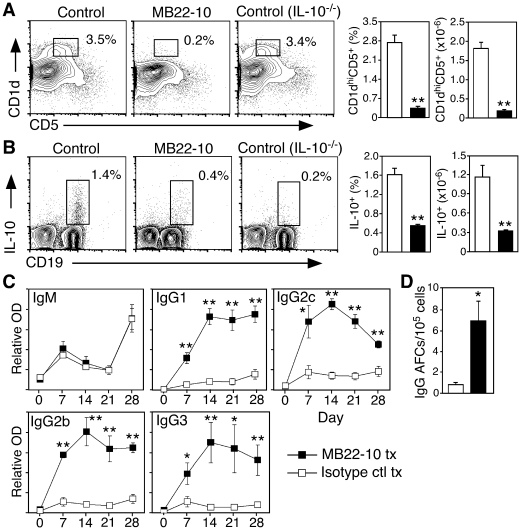Figure 5. Endogenous B10 cells regulate IgG isotype switching in normal mice.
(A–B) CD22 mAb treatment preferentially depletes CD1dhiCD5+ and B10 cells. Seven days after WT mice were given CD22 or control mAb, splenocytes were isolated and cultured in the presence of L+PIM for 5 h followed by cell surface CD19, CD1d and CD5, and intracellular IL-10 staining, with flow cytometry analysis. IL-10−/− mice given control mAb were also evaluated for comparison. (A) CD22 mAb treatment preferentially depletes CD1dhiCD5+ B cells. Representative CD1dhiCD5+ B cell frequencies are indicated. (B) CD22 mAb treatment preferentially depletes B10 cells. Representative cytoplasmic IL-10+ B cell frequencies among spleen CD19+ cells are indicated. Bar graphs show mean (±SEM) frequencies and numbers of CD1dhiCD5+ B cells (A) or IL-10+ B10 cells (B) from control (open bars) and CD22 mAb treated (closed bars) mice. (C–D) B10 cells regulate IgG Ab responses. WT mice were given CD22 or control mAb (n = 3 per group) on day 0, and immunized with DNP-KLH without adjuvant on days 0 and 21. (C) Serum DNP-specific Abs were quantified by ELISA. (D) The frequency of B cells secreting DNP-specific IgG was determined by ELISPOT analysis of spleen cells harvested on day 28. (A–D) Significant differences between control and CD22 mAb-treated mice (≥3 mice for each treatment group) are indicated: *p<0.05; **p<0.01.

